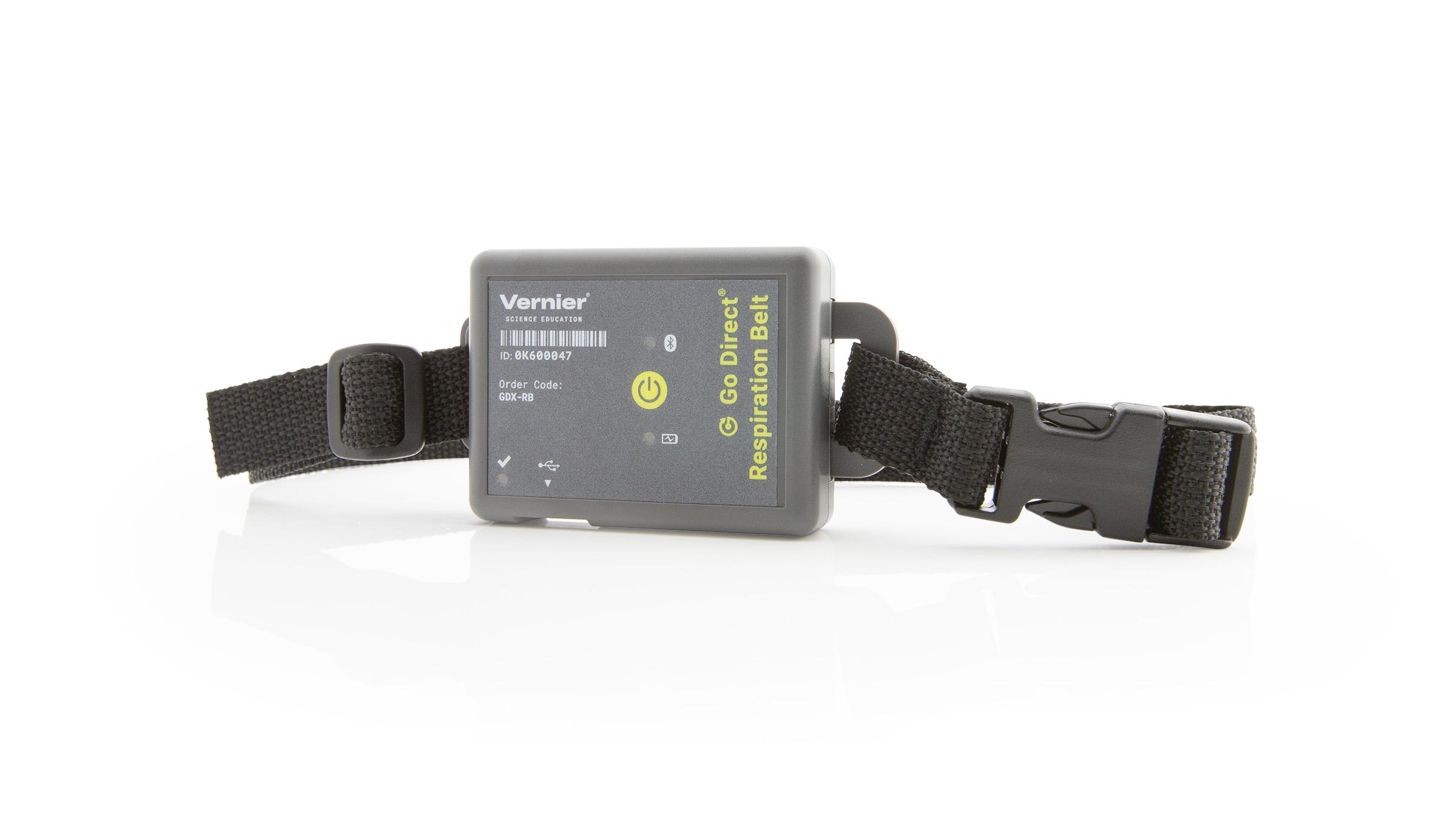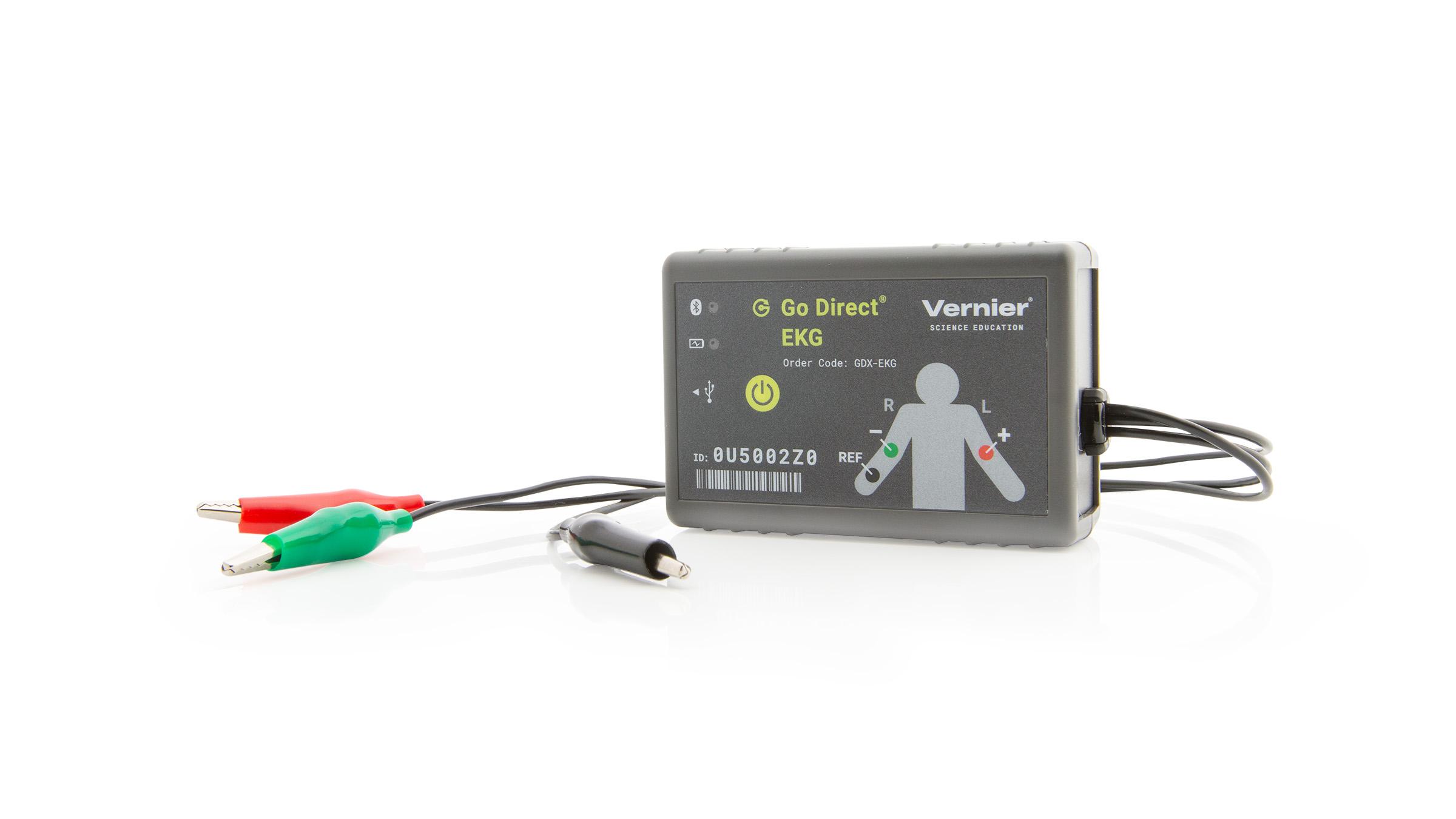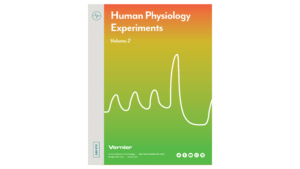Introduction
The diving reflex is an adaptation found in marine mammals for diving in cold water. The diving reflex is a reduction in heart rate, bradycardia, while diving. The majority of research on the diving reflex has been done on seals. The Weddell seal of Antarctica is a great example. Weddell seals can hold their breath for extended periods (20 minutes to an hour) and can dive to depths of 500 meters. During each dive, heart rate and cardiac output decrease dramatically in the Weddell seal, as blood is shunted away from the extremities and directed to the vital organs.
A much smaller version of the diving reflex occurs in all mammals and is easy to observe in humans. When cold water (<10° C) contacts the face or inside of the nose, sensory neurons are activated that increase parasympathetic activity, inhibiting breathing and decreasing heart rate. This response is not observed during normal breath holding in air or during simulated dives in warm water. The diving reflex can also be influenced by learning. Cold water swimmers or experienced skin divers may have a larger diving reflex than other subjects.
In this experiment, you will investigate the diving reflex. The test subject’s heart rate will be monitored using an EKG sensor and breath holding will be indicated by using a respiration belt.
Important: The equipment used in this experiment is for educational purposes only and should not be used to diagnose medical conditions.
Objectives
- Obtain graphical representation of heart rate and respiration effort over a period of time.
- Measure the heart-rate before and during normal breath hold.
- Measure the heart-rate before and during a simulated dive in cold water.
- Measure the heart-rate before and during a normal breath hold when a foot is placed in ice water.
Sensors and Equipment
This experiment features the following sensors and equipment. Additional equipment may be required.
Ready to Experiment?
Ask an Expert
Get answers to your questions about how to teach this experiment with our support team.
- Call toll-free: 888-837-6437
- Chat with Us
- Email support@vernier.com
Purchase the Lab Book
This experiment is #6 of Human Physiology Experiments: Volume 2. The experiment in the book includes student instructions as well as instructor information for set up, helpful hints, and sample graphs and data.



